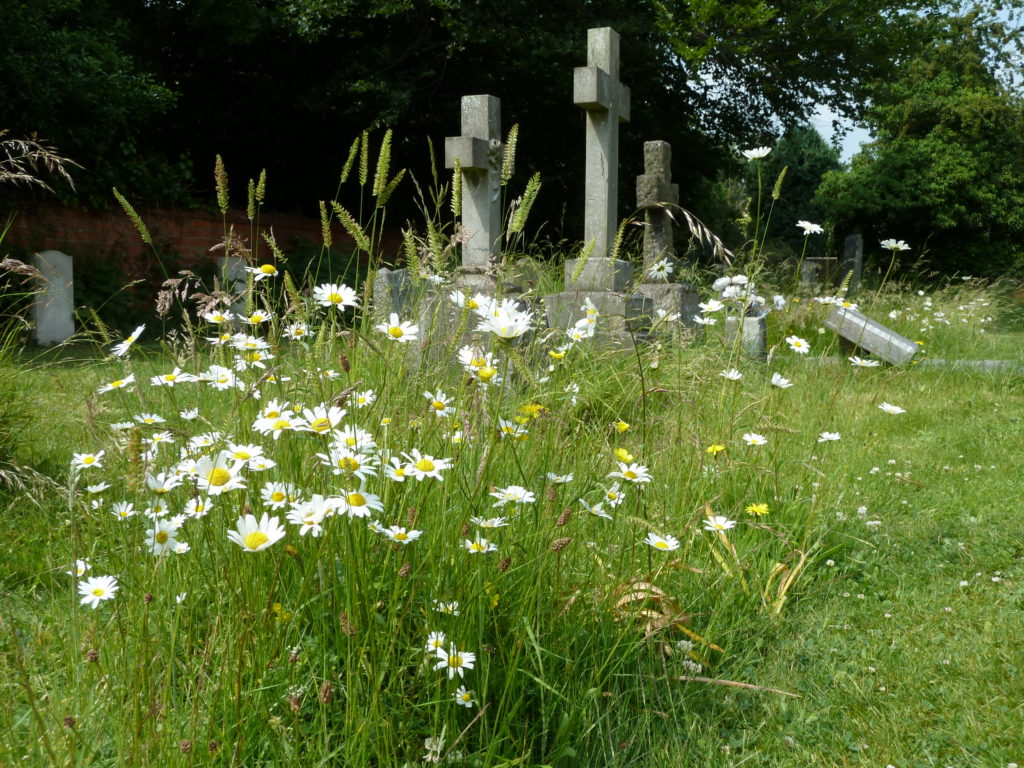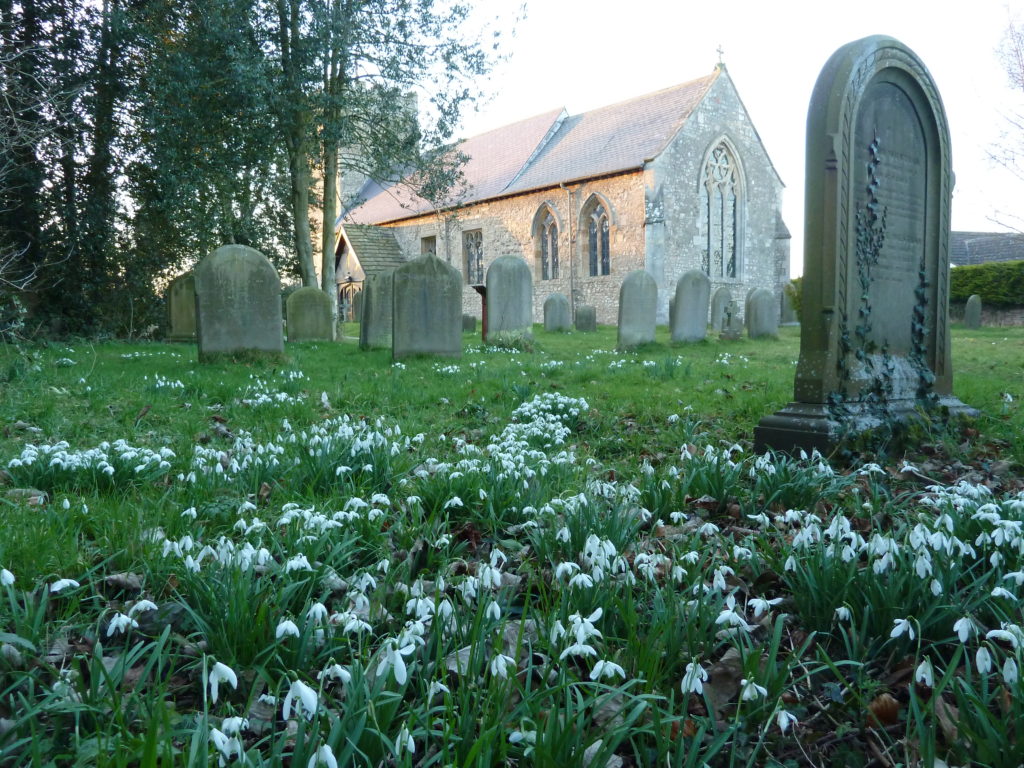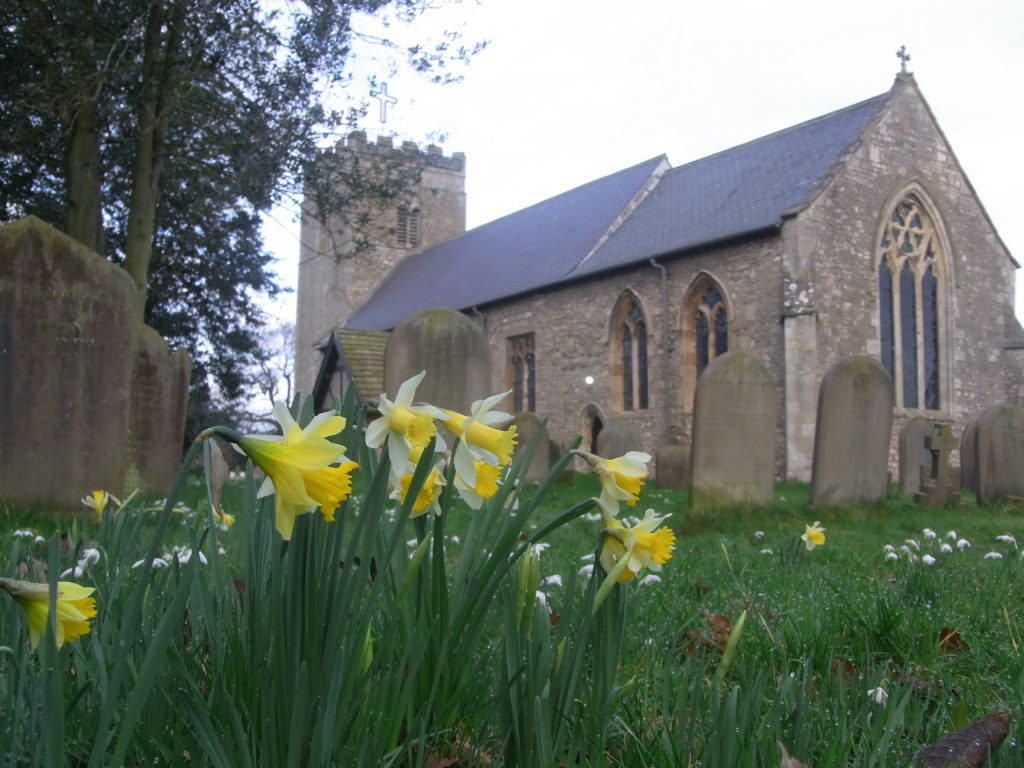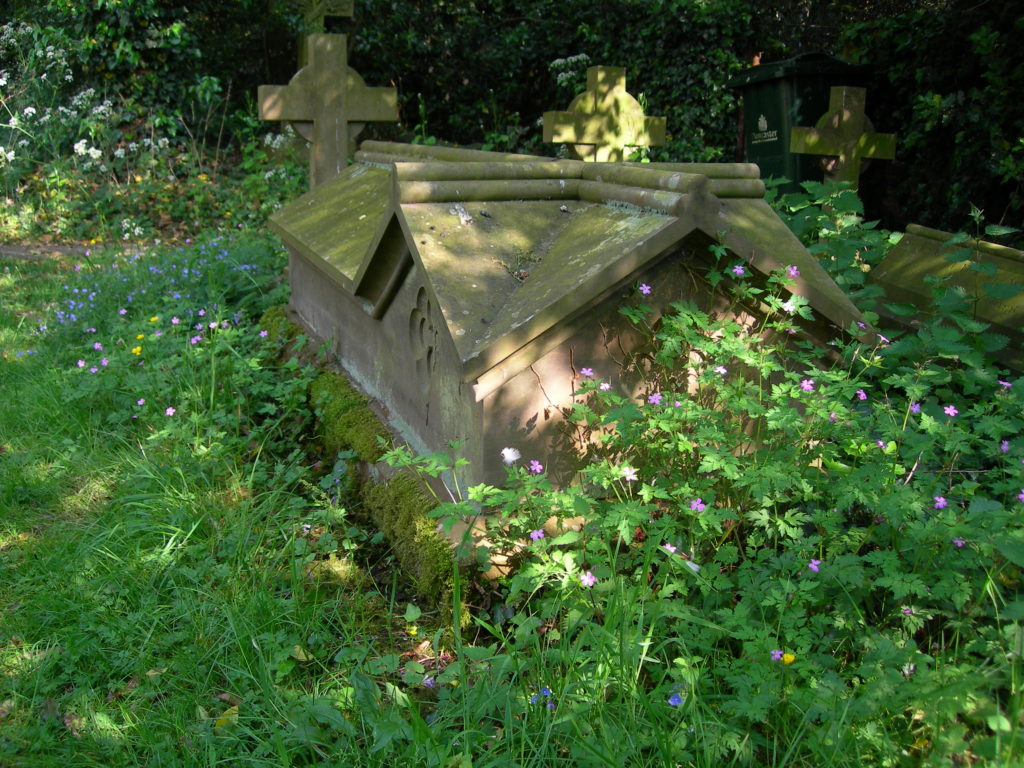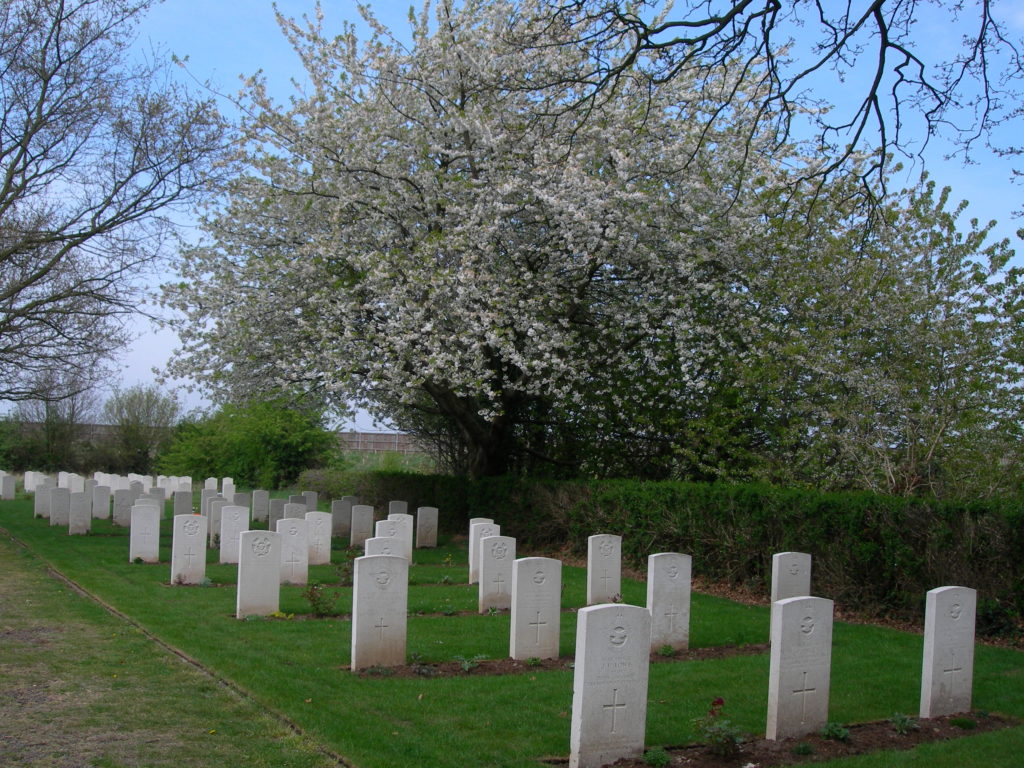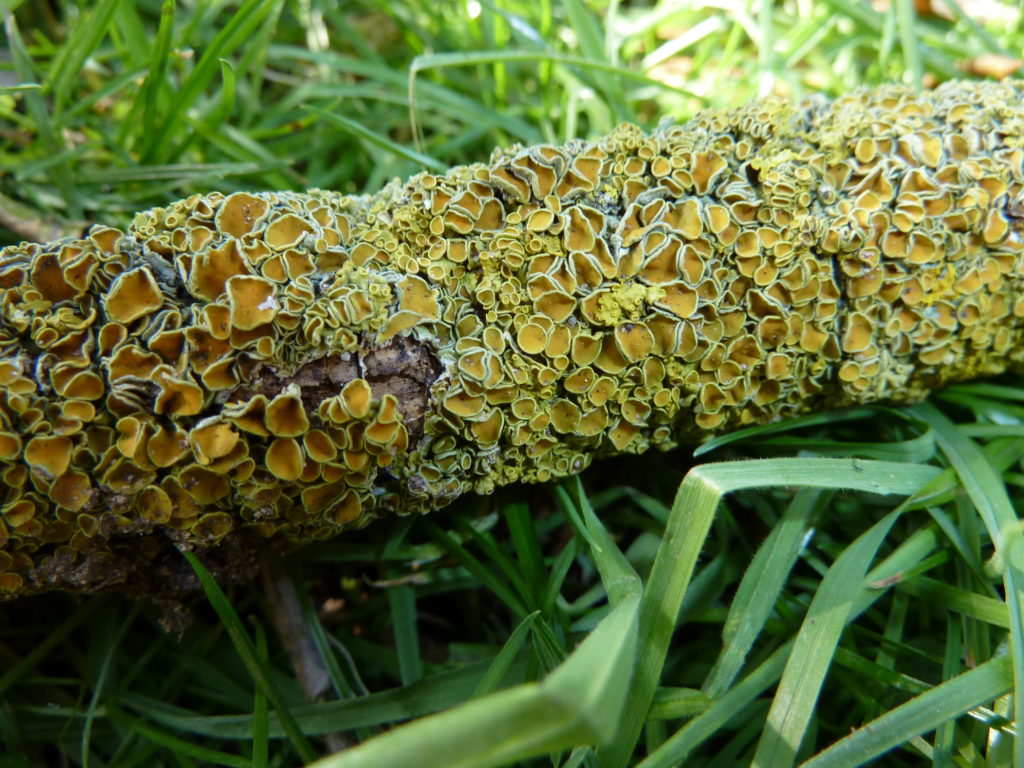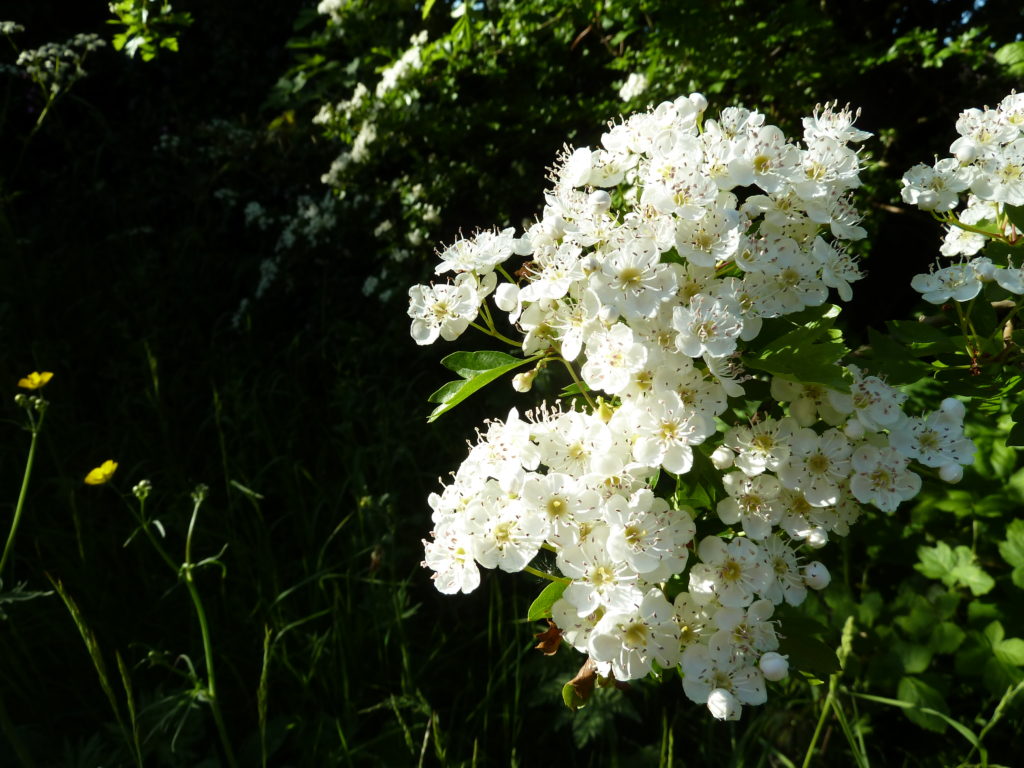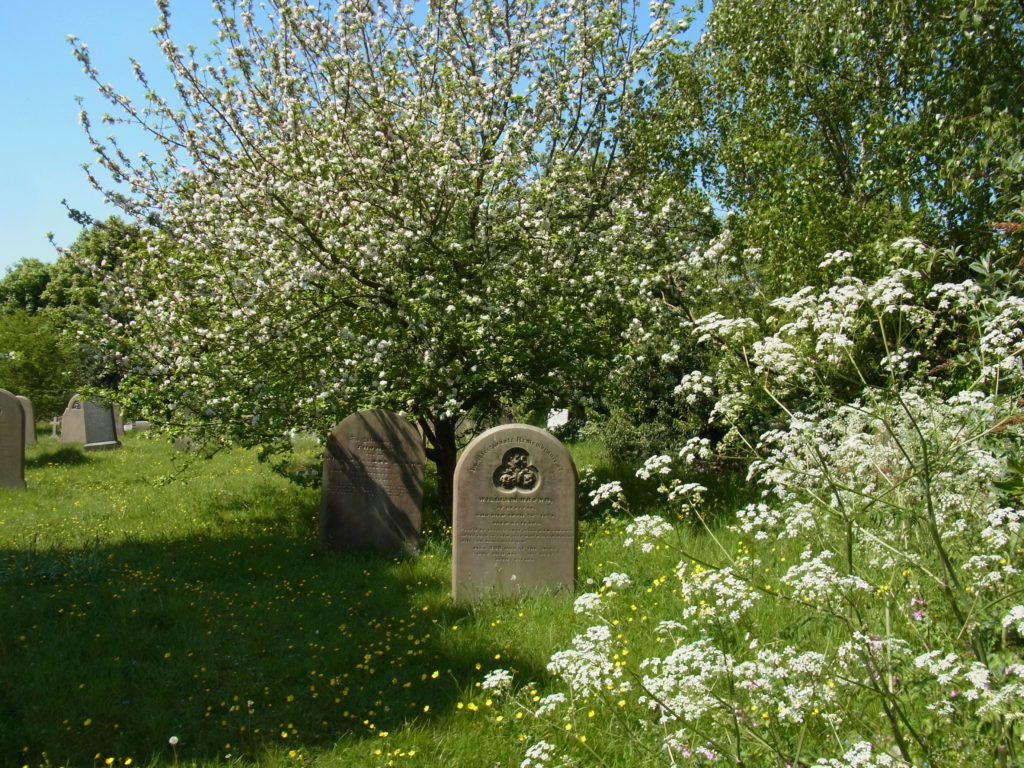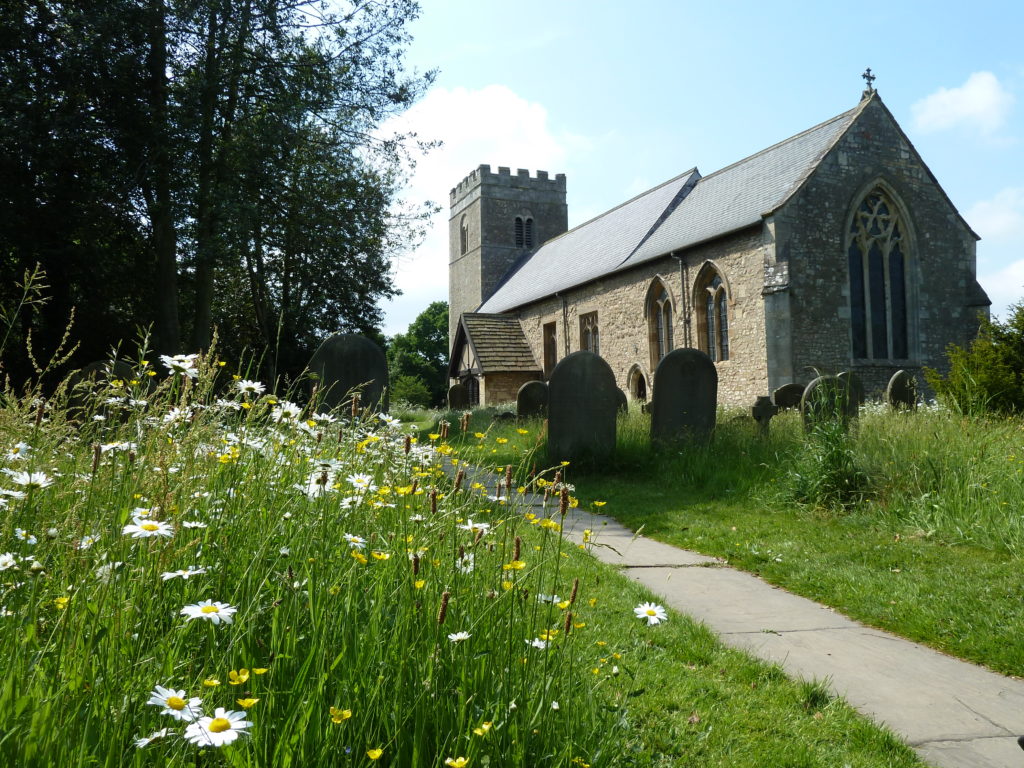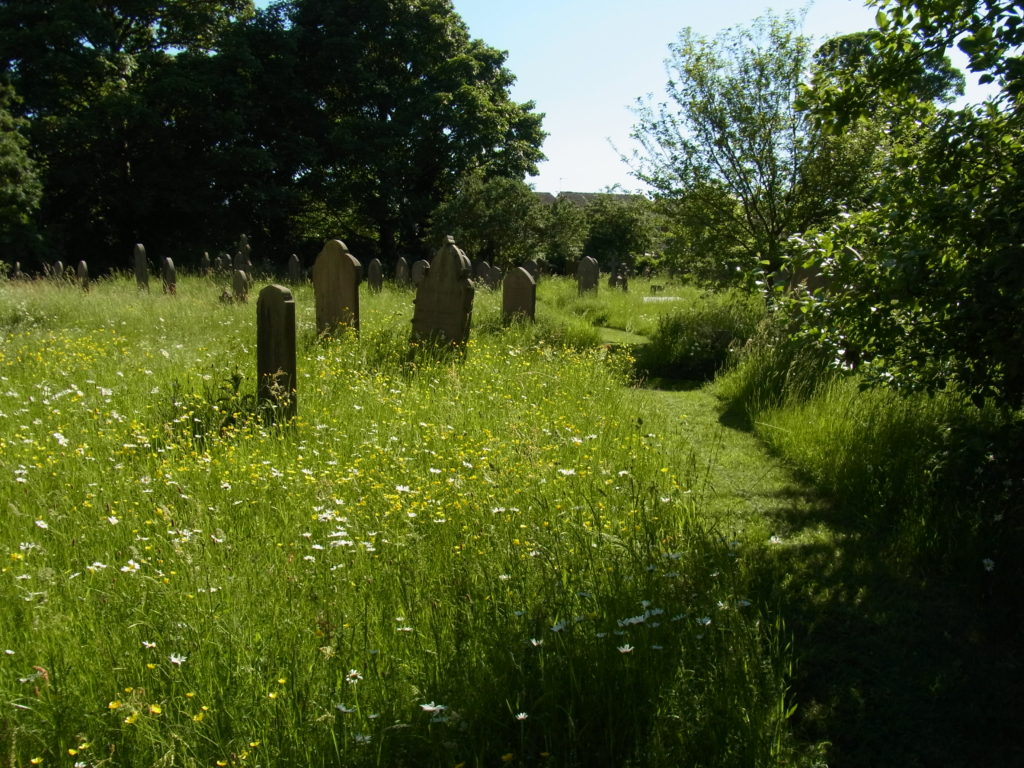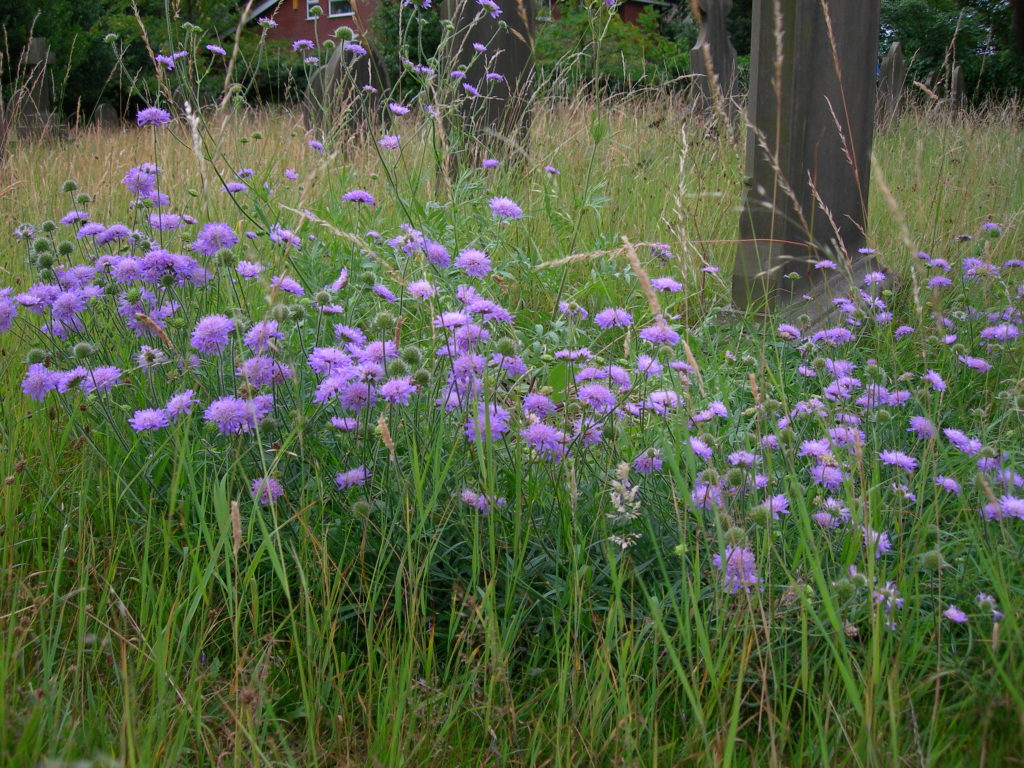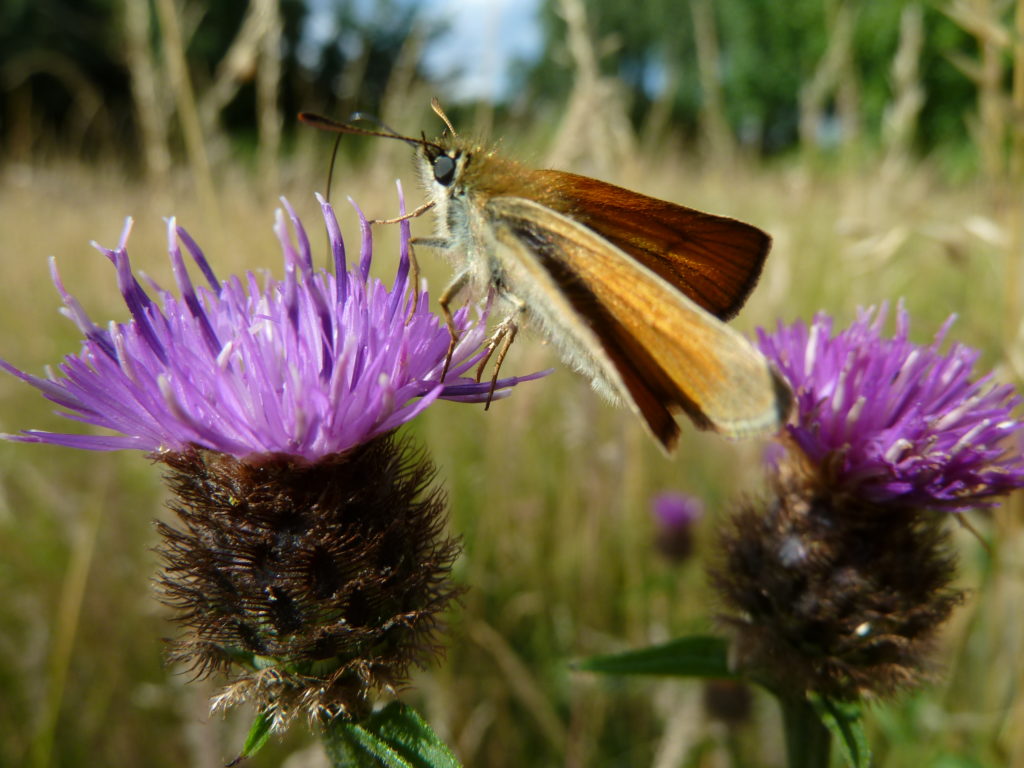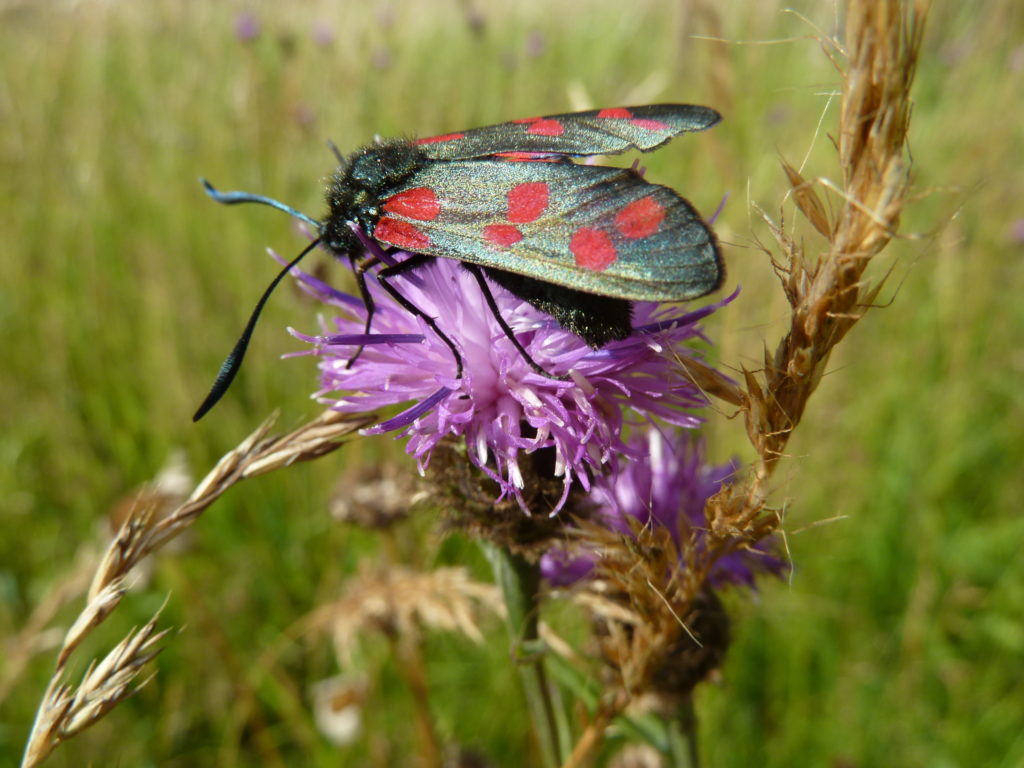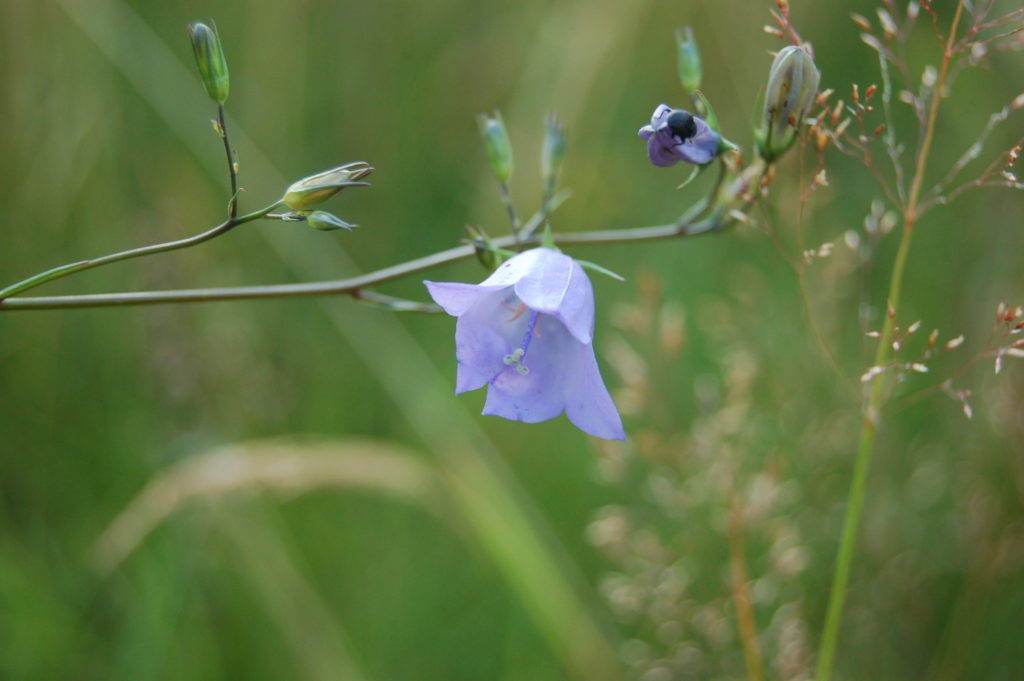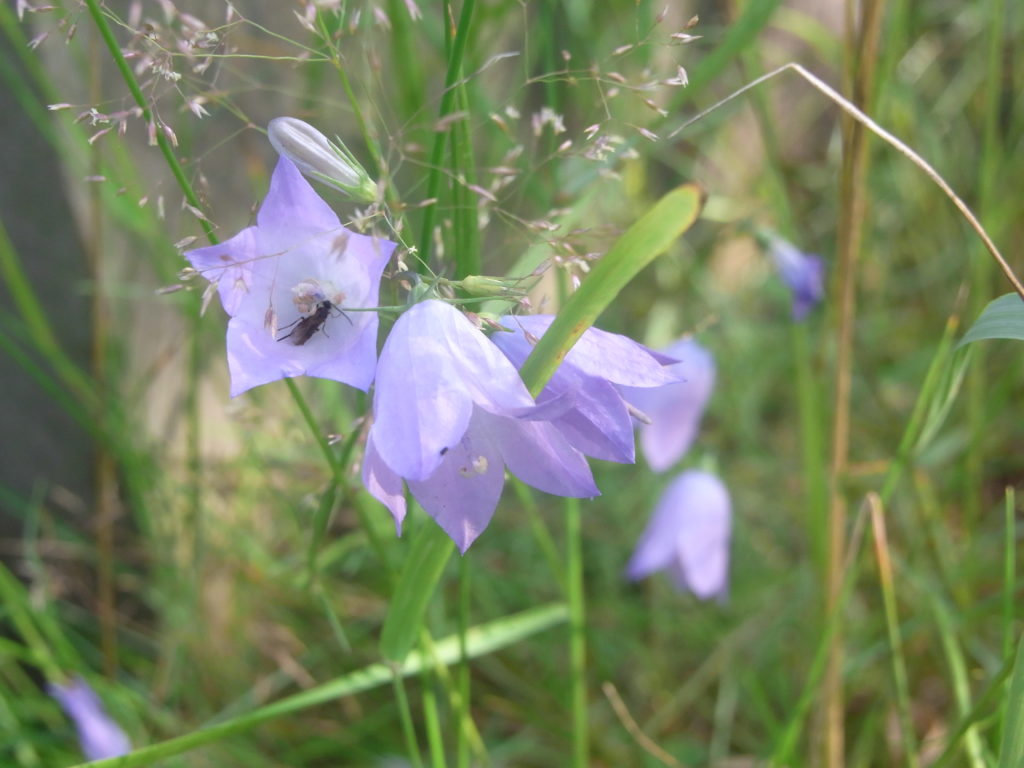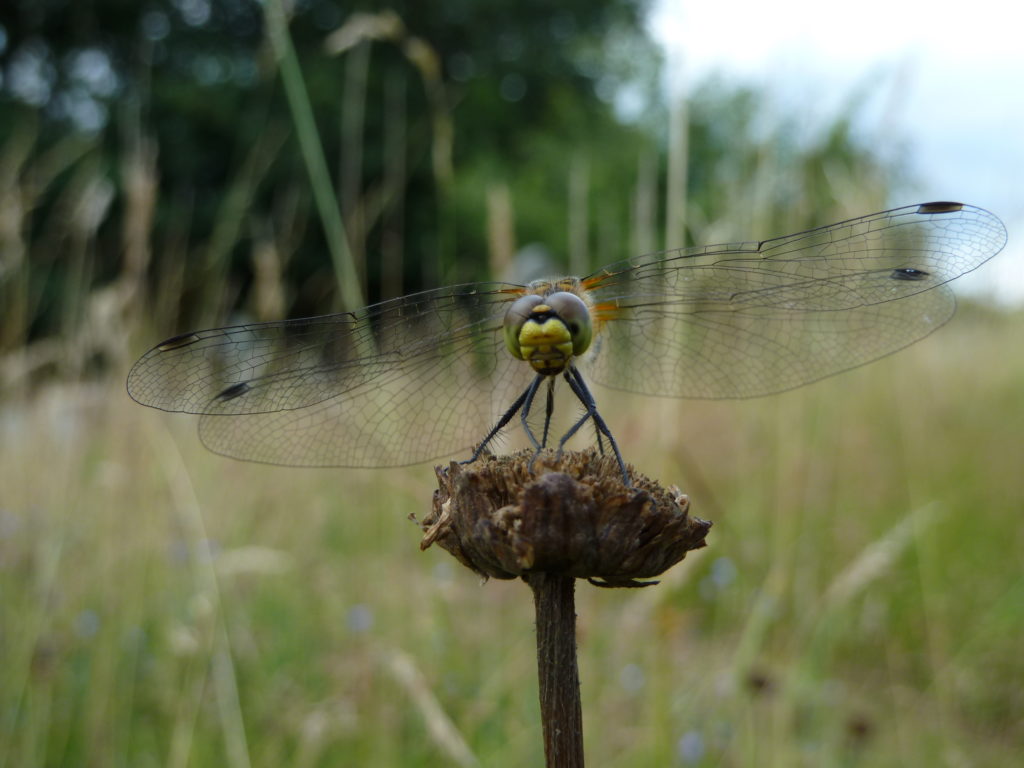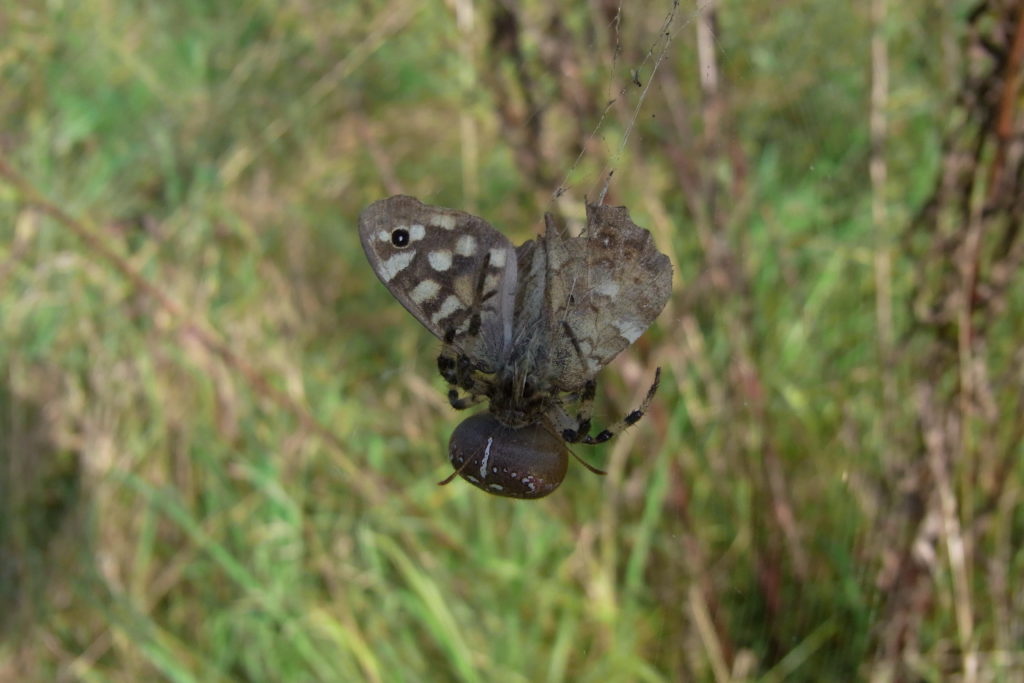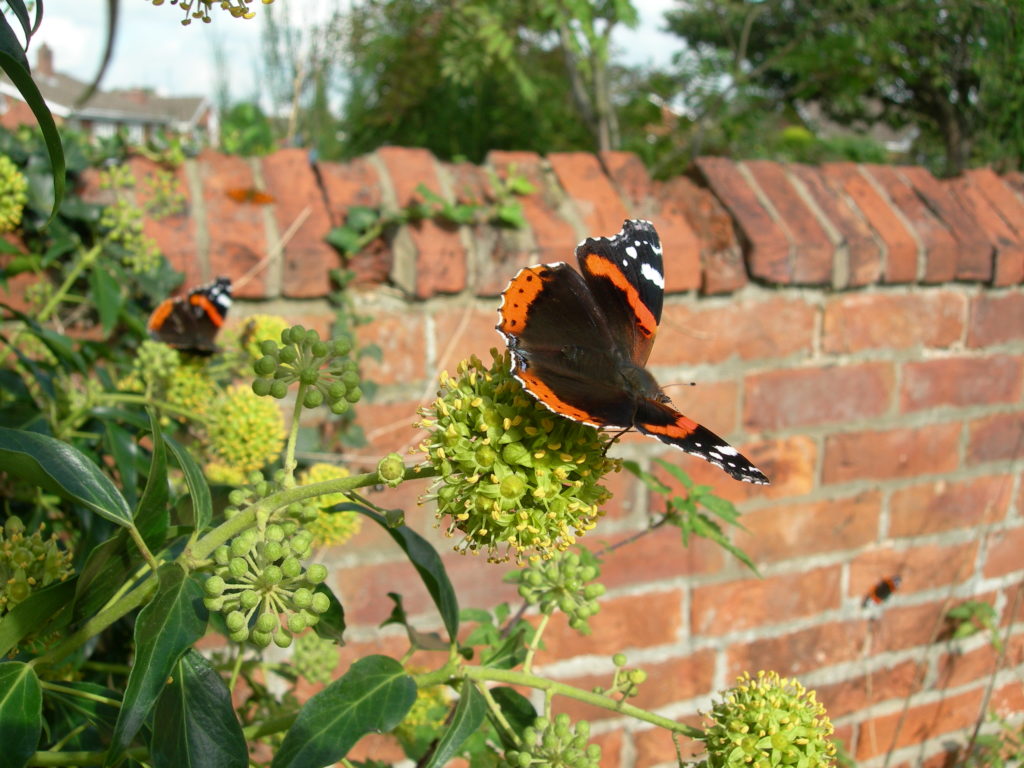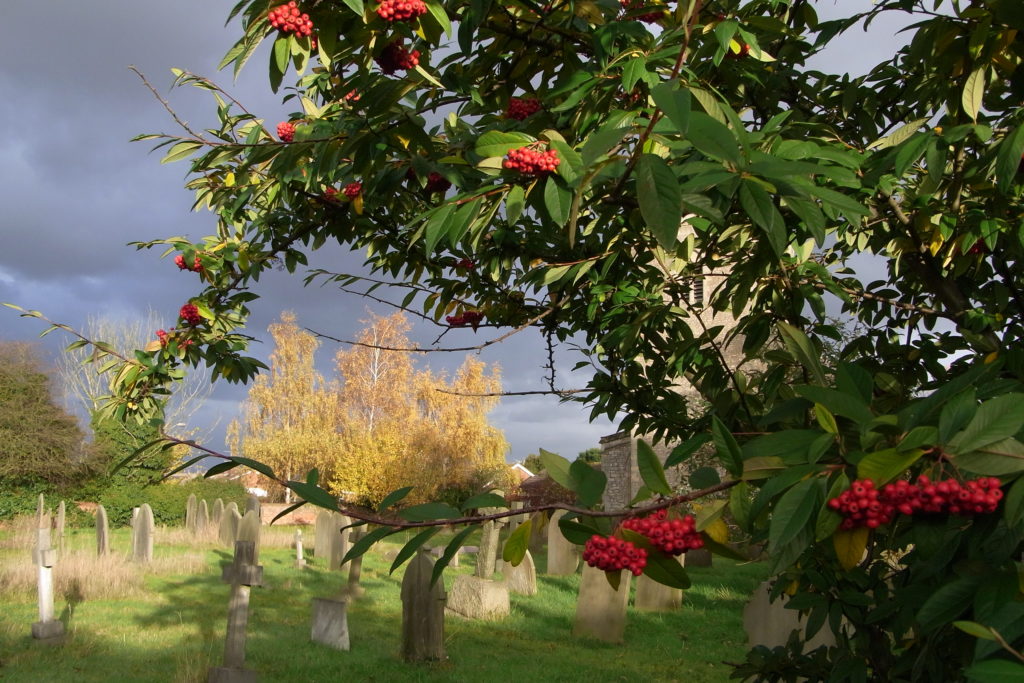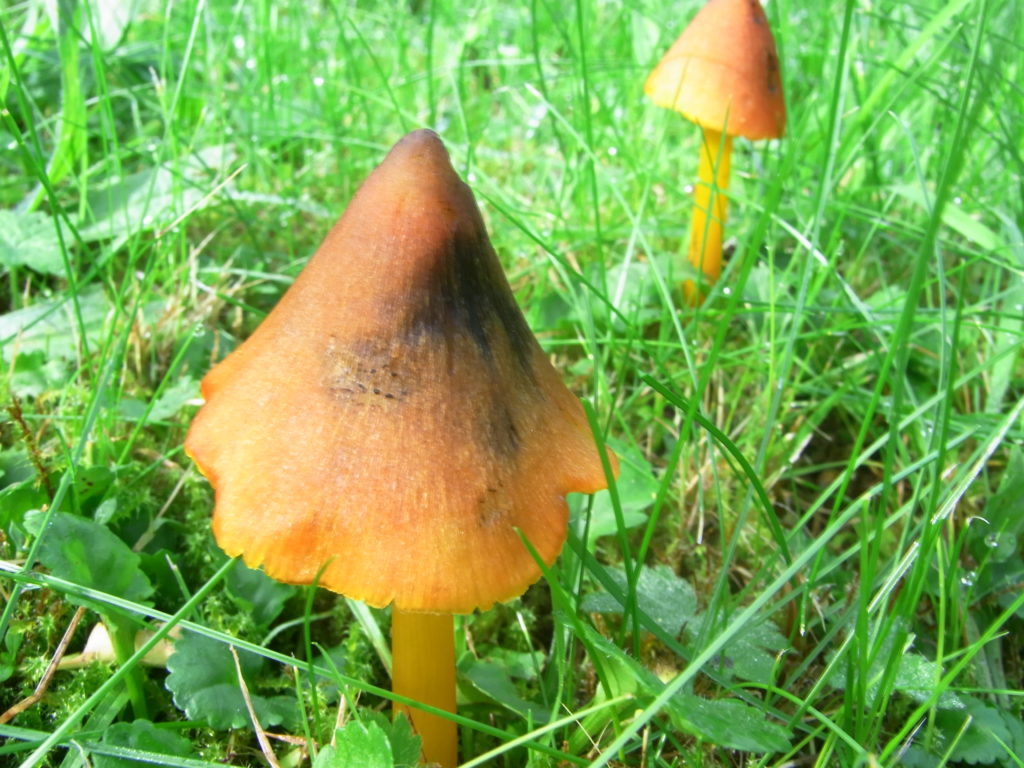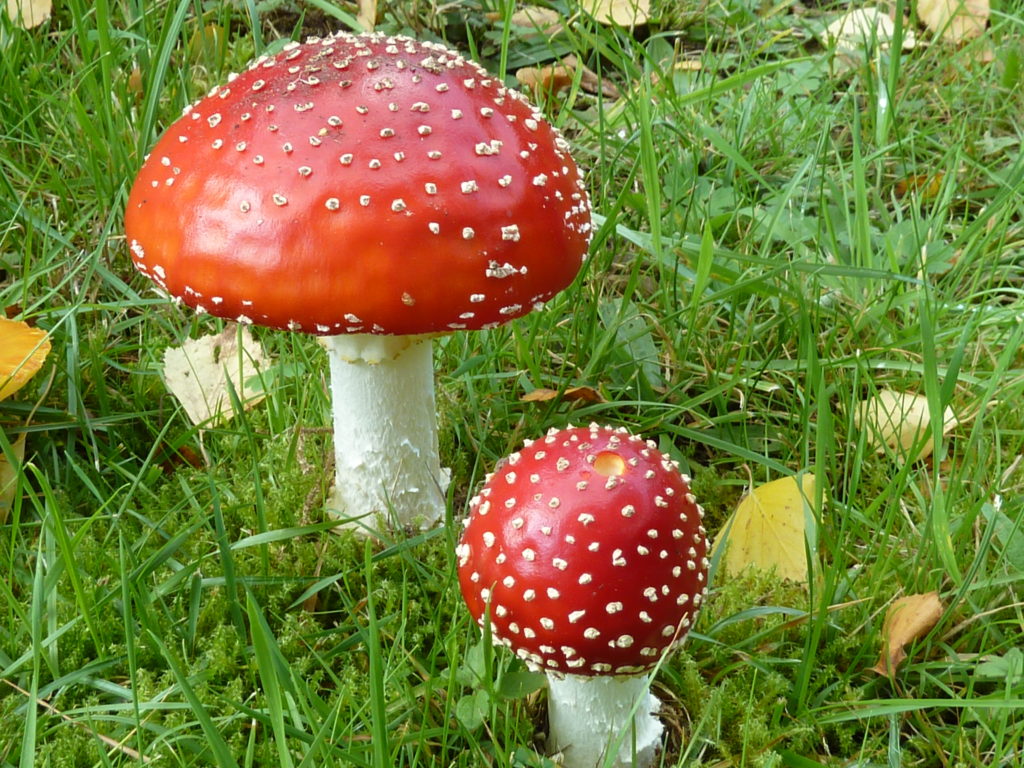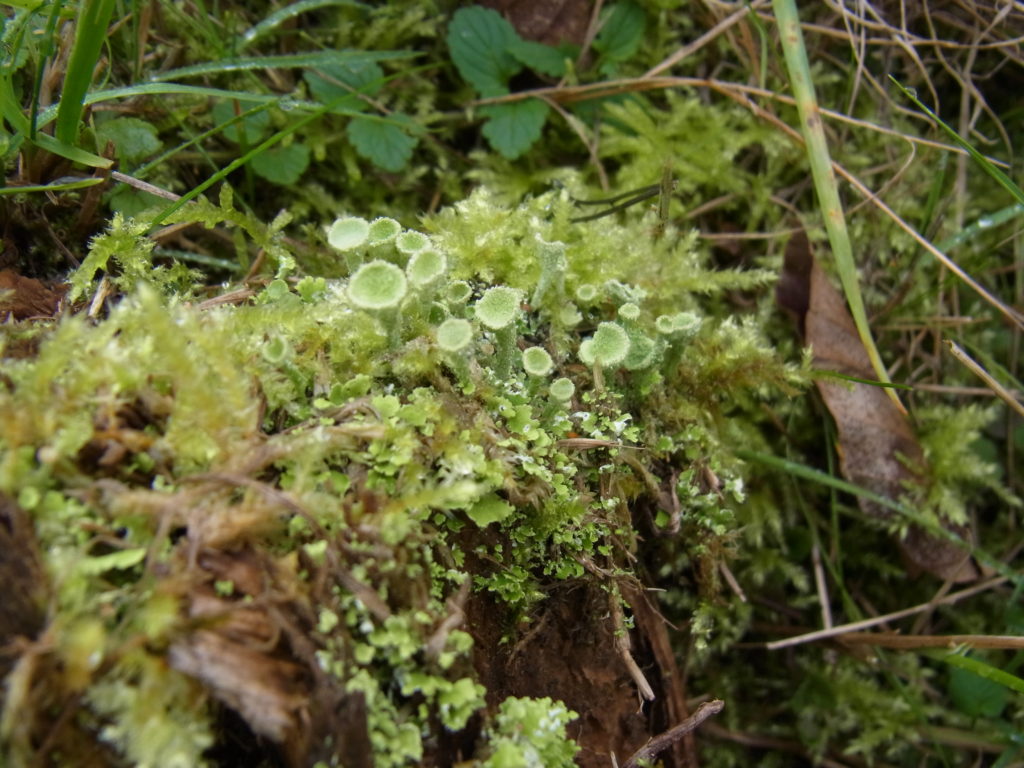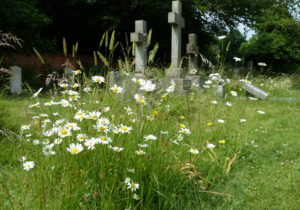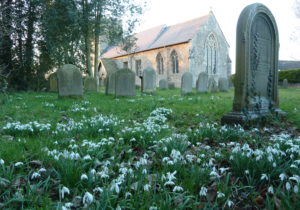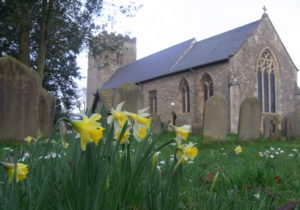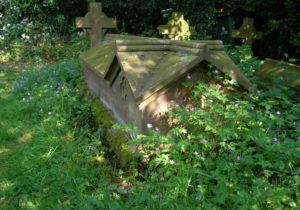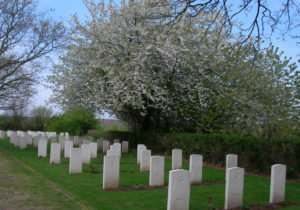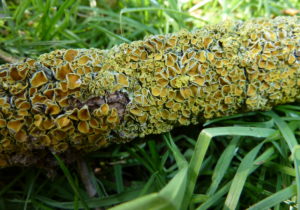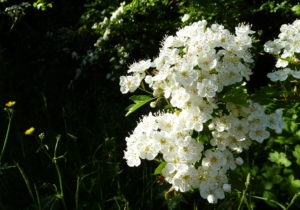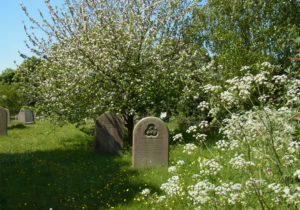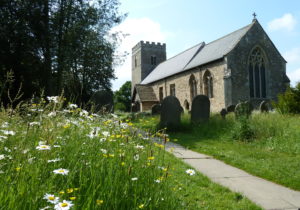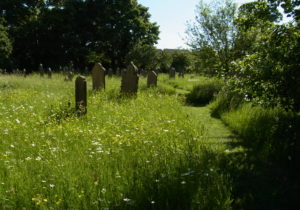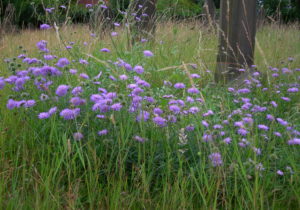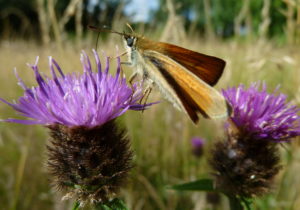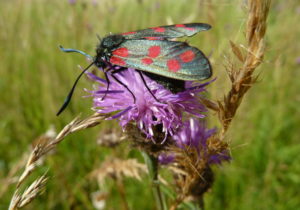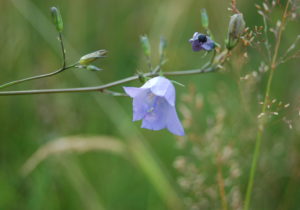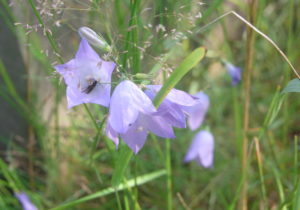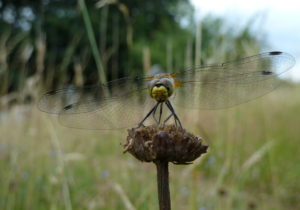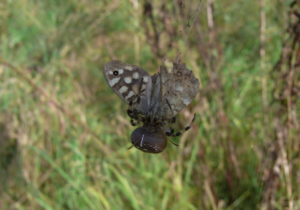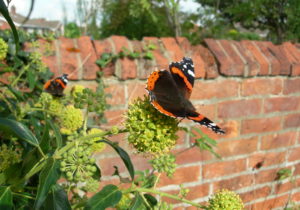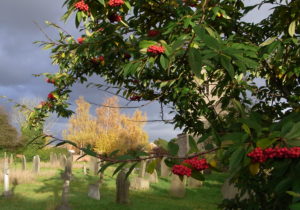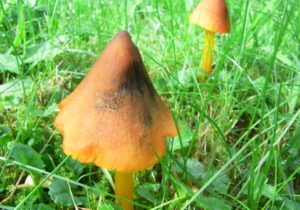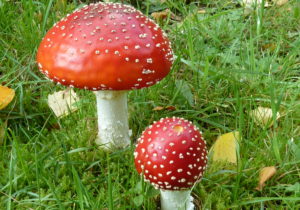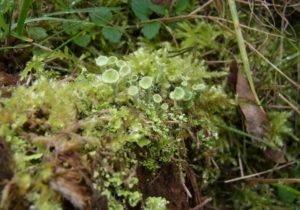About this churchyard
Since 1994 the churchyard at Finningley in South Yorkshire has been managed for wildlife. Holy Trinity & St Oswald’s Church dates back in part to the 11th century and its churchyard, used as a site for burials for centuries, comprises approximately one acre of unimproved grassland. It is now managed as spring and summer meadows, cut in July and September respectively, with a small shady woodland area, created principally by self-seeded Hollies, Ash, Elder and a variety of shrubs.
Recognising the need for our churchyard to be better managed, in 1994 our PCC was approached to permit us to let the churchyard grasses grow so that we could establish what species were present and devise a management plan that would benefit wildlife and better maintain the churchyard for those who regularly used it. With help from Doncaster Naturalists Society, botanical surveys were carried out and our local Wildlife Trust was contacted for advice. In those early years it was an uphill task to persuade people that what we were doing was worthwhile. But by writing articles for our parish magazine to keep parishioners informed, creating an information sheet about our churchyard and by putting up displays and creating nature trails at church open days we gradually began to get most of our church and local community on board. Entering and winning our local Doncaster in Bloom competition in their environmental category gave us some welcome publicity and acknowledged the value of our conservation work.
With careful management over the years the biodiversity of our churchyard has increased in the number and variety of wildlife species. There is something of interest giving wildlife value all year round from the earliest snowdrops and other spring bulbs through to autumn fungi (including a variety of waxcaps) and fruits, seeds and nuts that provide food in the hardest months of the year. Plants like Brambles and Ivy when well managed provide nectar for insects, fruits for birds and small mammals, nest sites, shelter and hibernation sites for all kinds of creatures. Blossom on shrubs and trees provide vital nectar from early spring until autumn for our bees and pollinating insects that are nationally in decline. Our meadow plants also provide food in the form of nectar and pollen which is taken by a wide variety of insect life, such as bees, hoverflies, beetles, butterflies and moths. These in turn pollinate the plants and the resulting seeds provide food for birds and small mammals, as well as increasing the stock of our meadow species. (see separate species lists)
Parts of our churchyard may appear to be “wild” but all is carefully managed with the help of volunteers. The grassland is managed by selective cutting, by cutting at different heights and times and by leaving some areas uncut. Our mowing regime is crucial to the successful management of the churchyard but managing the churchyard involves other tasks too. With so many trees and shrubs it is important that these are kept within bounds. Some of the wood that is cut as a result of their management is used to create a number of log piles as well as piles of thinner brashings (or small twiggy branches), mostly tucked away under bushes and in quiet corners along with piles of autumn leaves where they may be put to good use by the creatures that live in the churchyard.
Churches have long been recognised as sanctuaries. Now with the decrease of natural wildlife habitats, our churchyards are increasingly seen as sanctuaries for wildlife, providing refuge for many varieties of plants and animals. Conservation does not imply a policy of neglect and lack of care. It does mean a change of emphasis, adopting a sensitive and balanced approach so that the churchyard is managed for the benefit of all.
Species Lists
CfGA Beautiful Burial Grounds Project workshop 08.07.21
Churches Count on Nature surveys 05.06.21 – 12.06.21 (revised)
Finningley Churchyard survey 18.05.21
Fungi survey 27.10.21
Lichen survey 21.09.04
Key Features
- Wildflower areas
- Peaceful space for quiet reflection
- Wildlife haven
- Fascinating monuments
- Great for fungi
- Lovely lychgate
- Good accessibility
Address
Rectory Ln, Finningley, Doncaster DN9 3DA
Visitor Information
Opening Times
Churchyard accessible at all times.
Church opens on Wednesdays from 10.30am for Natter group coffee morning or by appointment
Contact details
Tricia Haigh
[email protected]
Rev Neil Redeyoff
[email protected]
Accessibility
A flag stone path runs through the churchyard. Mown paths cut through spring and summer meadow areas. The site is largely level.
Toilets
Accessible toilets in church, including baby changing facilities , also at the Harvey Arms
Seating
There are no benches in the churchyard but there are in the new burial ground just beyond the churchyard.
Parking & transport
There is limited parking at the roadside on Rectory Lane, please park considerately.
The 57f & 58f run Doncaster to Finningley. For more details visit https://www.firstbus.co.uk/south-yorkshire Bus stop opposite the duck pond. A short walk along the road behind the bus stop past the Harvey Arms brings you to Rectory Lane (church can be seen at the end).
Café
The Harvey Arms is 2 minutes walk from the church. There are also 2 other pubs nearby along the road towards Doncaster and a café at Walkers Garden Centre 1.5 miles away.


